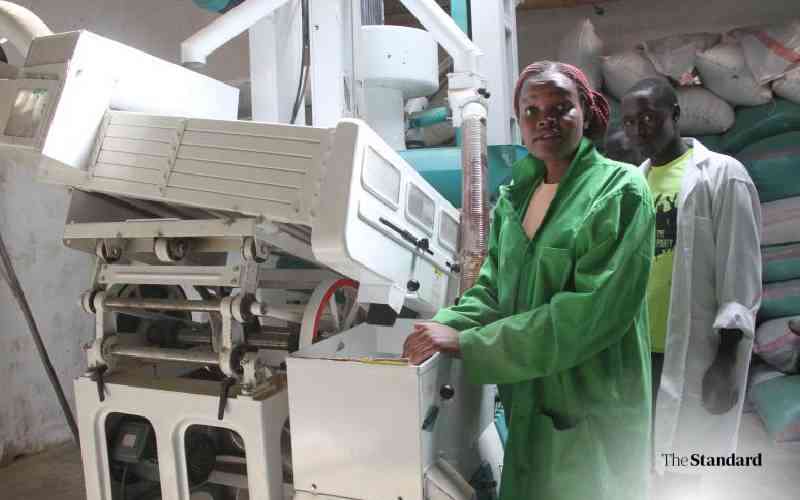Pregnancy Detection Kits Market Trends, Opportunity, and Forecast, 2020-2024 & 2025-2030 | Digital Transformation Drives Innovations, Overcoming Accessibility and Awareness in Underdeveloped Markets - ResearchAndMarkets.com
The "Pregnancy Detection Kits Market - Global Industry Size, Share, Trends, Opportunity, and Forecast, 2020-2030F" report has been added to offering.
The Pregnancy Detection Kits Market was valued at USD 1.84 Billion in 2024, and is expected to reach USD 2.58 Billion by 2030, rising at a CAGR of 5.80%.
The market is witnessing notable growth driven by the widespread availability of over-the-counter (OTC) pregnancy detection kits that are both affordable and easy to use. These kits offer convenience and privacy, especially for working women who may not have time for frequent clinical visits.
Operating by detecting the hCG hormone in urine - a key indicator of pregnancy - these kits provide rapid, accurate results within minutes. Increasing consumer preference for self-testing, coupled with expanding online and retail pharmacy networks, is enhancing accessibility globally. Rising awareness of reproductive health and early pregnancy detection, along with technological advancements in digital testing devices, is further fueling the market's expansion. The trend is especially prevalent in urban regions and developed economies, while continued outreach and awareness campaigns are supporting growth in emerging markets.
The global rise in birth rates and growing awareness of the importance of early pregnancy detection are major contributors to the growth of the pregnancy detection kits market. According to data from the United Nations, over 140 million births occur annually, predominantly in developing countries where access to healthcare facilities may be limited. In these areas, at-home pregnancy kits offer a practical and low-cost solution for timely detection.
Public health initiatives promoting maternal care and family planning have increased awareness around early diagnosis, encouraging women to seek confirmation at the earliest signs. These kits also support women in urban and working environments who require discreet, fast, and reliable options without visiting a clinic. With the continued rise in female workforce participation and growing e-commerce accessibility, demand for user-friendly, private diagnostic solutions like pregnancy detection kits is set to grow significantly across global markets.
A significant challenge in the pregnancy detection kits market is the restricted access and low awareness in underdeveloped and rural regions. In low-income areas, many women remain unaware of the availability and proper use of these diagnostic tools due to limited reproductive health education and inadequate distribution infrastructure. Affordability and availability continue to hinder adoption, with reliance on traditional methods still common.
Societal taboos and lack of privacy further deter women from seeking early diagnosis, particularly in conservative communities. Infrastructure challenges, such as the absence of local pharmacies or reliable supply chains, exacerbate the issue. Despite some government programs offering free distribution of pregnancy kits, inconsistent implementation and limited reach hinder their effectiveness. These barriers restrict the penetration of pregnancy detection kits in regions where early diagnosis could significantly improve maternal and child health outcomes.
The adoption of digital technology in home diagnostics is transforming the pregnancy detection kits market. Digital pregnancy tests are gaining popularity due to their higher accuracy, easy-to-read digital outputs, and reduced risk of user error compared to traditional line-indicator kits. Some devices are now equipped with Bluetooth features, allowing integration with health monitoring apps to track fertility and menstrual cycles or provide tailored pregnancy insights.
These advancements are particularly attractive in high-income regions where consumers favor smart health solutions and where digital literacy is widespread. FemTech innovations are also fueling the growth of connected devices in women's health, leading to broader adoption of intelligent pregnancy detection tools. Additionally, ongoing R&D into nanotechnology, biosensors, and AI-based diagnostics is likely to yield more sensitive and early-detection capabilities in future kits, thereby improving both clinical and at-home pregnancy testing options.
| No. of Pages | 185 |
| Forecast Period | 2024 - 2030 |
| Estimated Market Value (USD) in 2024 | $1.84 Billion |
| Forecasted Market Value (USD) by 2030 | $2.58 Billion |
| Compound Annual Growth Rate | 5.8% |
| Regions Covered | Global |
ResearchAndMarkets.com is the world's leading source for international market research reports and market data. We provide you with the latest data on international and regional markets, key industries, the top companies, new products and the latest trends.







